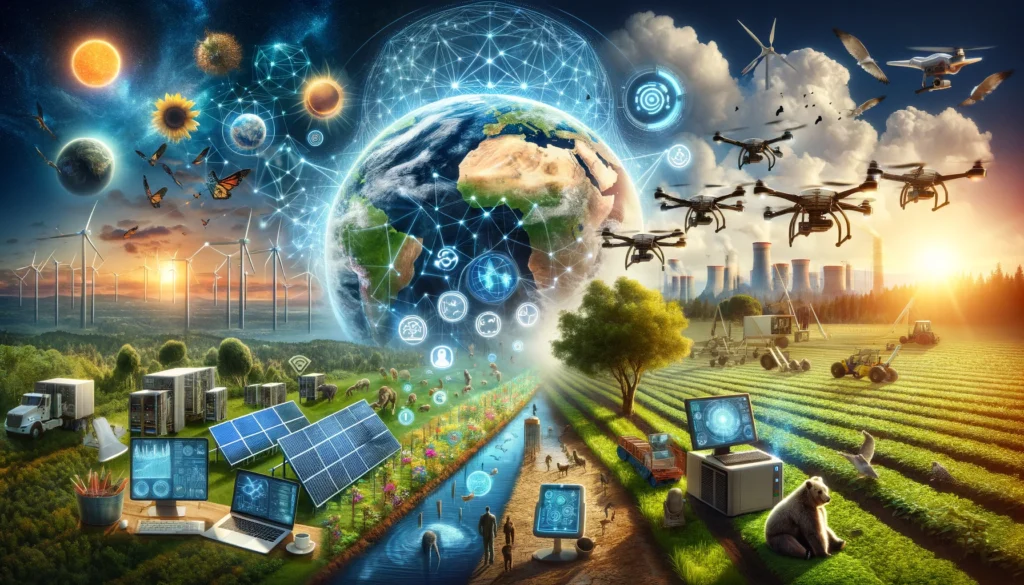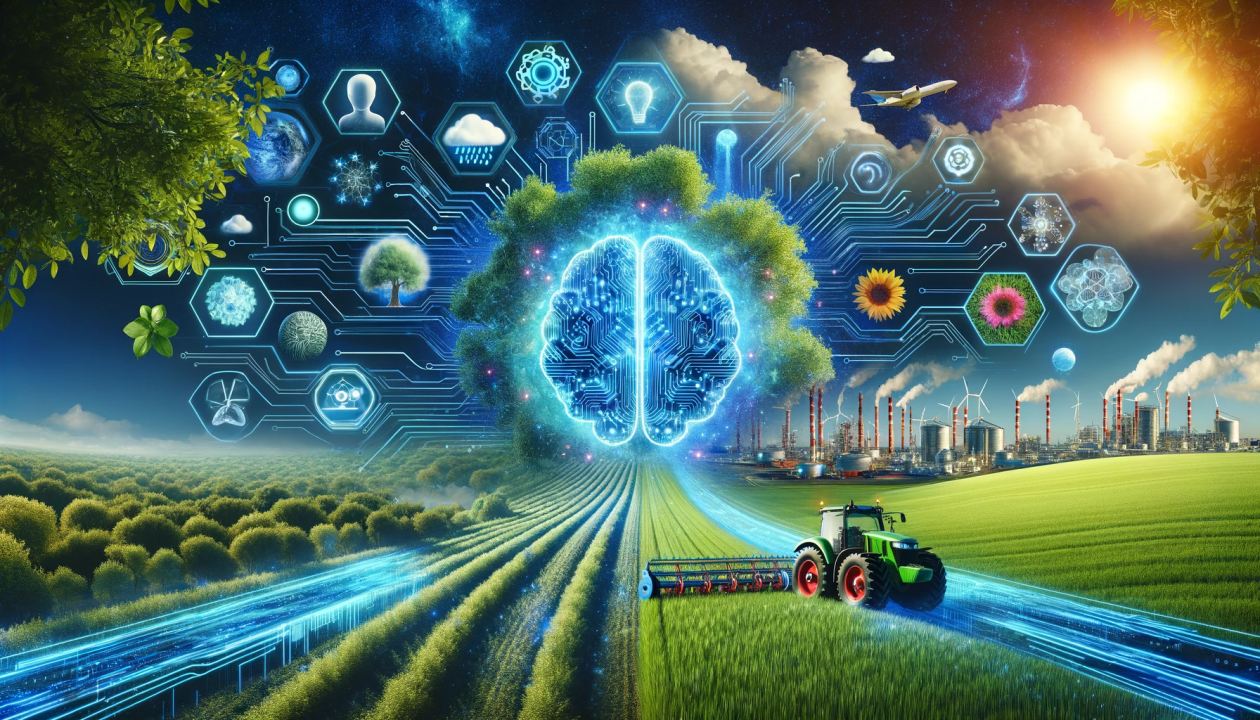Artificial Intelligence (AI) is emerging as a powerful tool in the fight against environmental challenges. From climate monitoring to sustainable resource management, AI is playing a crucial role in shaping a greener future. Understanding the latest trends in AI and the environment helps us explore how technology can contribute to global sustainability efforts.
How is AI Impacting Environmental Solutions?
AI enhances our ability to collect, process, and act on complex environmental data at unprecedented speed and scale. This leads to more accurate predictions, efficient resource use, and smarter decision-making to protect our planet.
Key Trends in AI and the Environment
Climate Change Monitoring
AI is being used to analyze vast climate datasets, including satellite imagery, ocean temperatures, and atmospheric patterns. These insights help scientists model climate change with greater accuracy, predict extreme weather events, and track deforestation in real time.
Smart Agriculture
AI-driven precision agriculture uses data from sensors, drones, and weather forecasts to optimize crop yields while reducing water, fertilizer, and pesticide usage. This not only improves food security but also minimizes environmental impact.
Wildlife Conservation
AI is revolutionizing wildlife monitoring by processing camera trap images, audio recordings, and tracking data to detect species, track migration patterns, and prevent poaching. Automated recognition systems help conservationists make faster and more effective decisions.
Energy Efficiency and Smart Grids
AI is enabling the development of smart energy grids that balance supply and demand efficiently. AI-powered systems can predict energy consumption patterns, optimize renewable energy integration, and reduce waste in power distribution.
Pollution Detection and Waste Management
AI technologies are used to monitor air and water quality, detect pollution sources, and develop predictive models to prevent contamination. Additionally, AI helps automate waste sorting and recycling processes to improve material recovery rates.
Sustainable Urban Planning
AI is assisting city planners in creating greener urban spaces by analyzing traffic flows, energy usage, and environmental impact. Smart cities leverage AI to reduce congestion, lower emissions, and design more sustainable infrastructure.
Challenges to Consider
While AI presents significant opportunities for environmental protection, there are also concerns to address:
- Energy Consumption: Training large AI models can be energy-intensive, contributing to carbon emissions if powered by non-renewable sources.
- Data Bias: Incomplete or biased environmental datasets may lead to inaccurate predictions or ineffective solutions.
- Ethical Deployment: Ensuring AI is used for the genuine benefit of the environment, and not for greenwashing or superficial corporate goals, is critical.
Conclusion
AI is becoming a key ally in addressing some of the world’s most pressing environmental issues. From smarter agriculture to advanced climate monitoring, AI-driven solutions offer hope for a more sustainable planet. However, responsible development and deployment, combined with efforts to minimize AI’s own environmental footprint, are essential to truly harness its potential in safeguarding the Earth.







Leave feedback about this